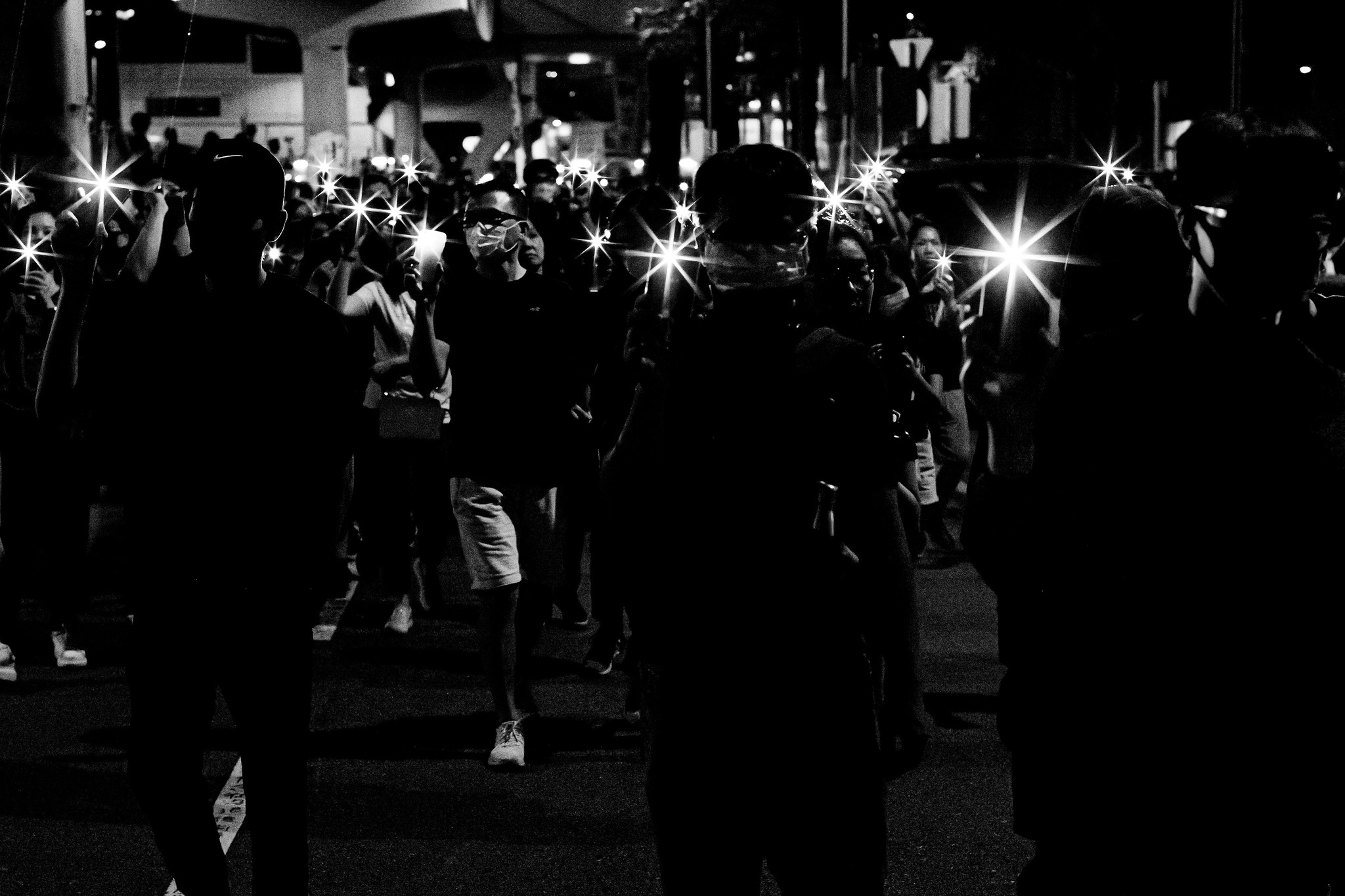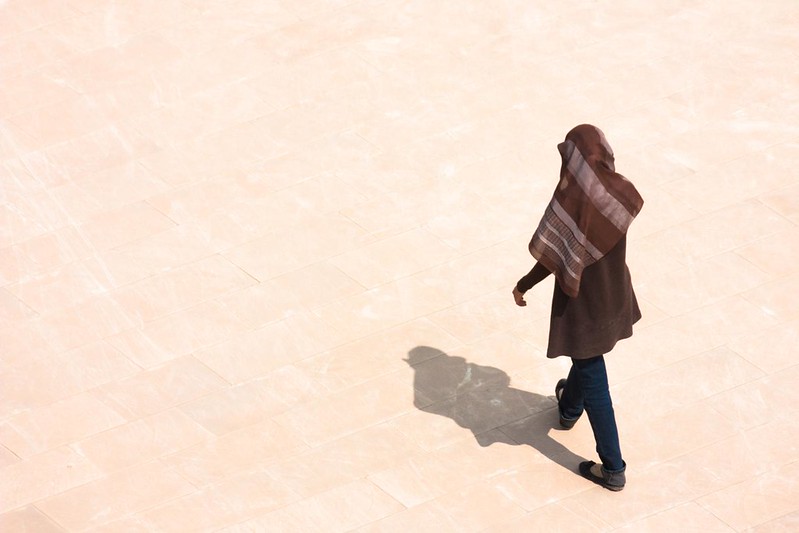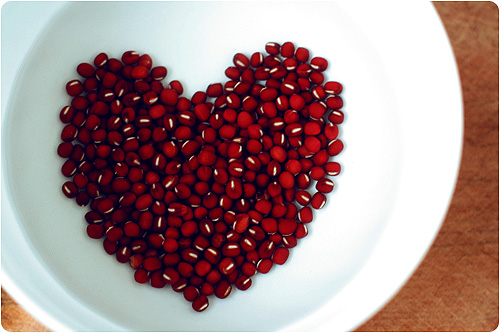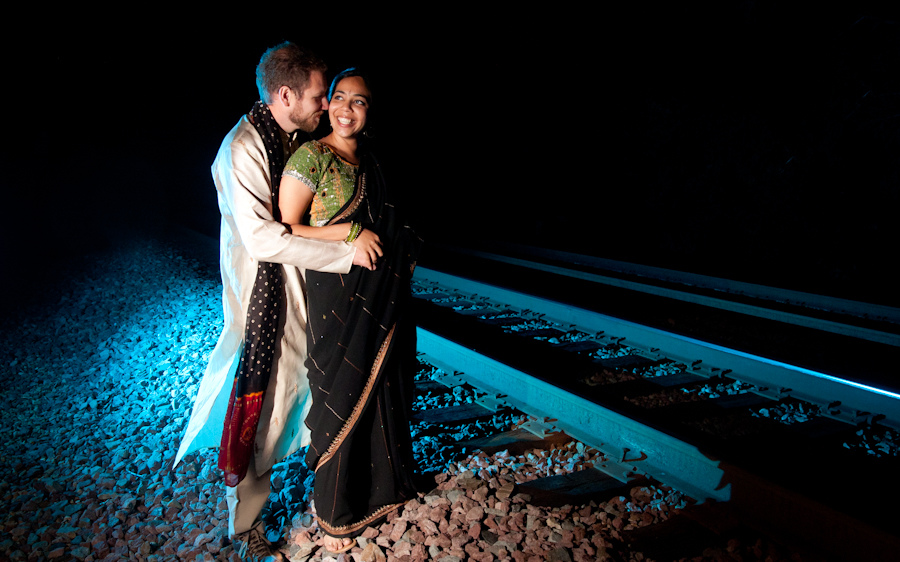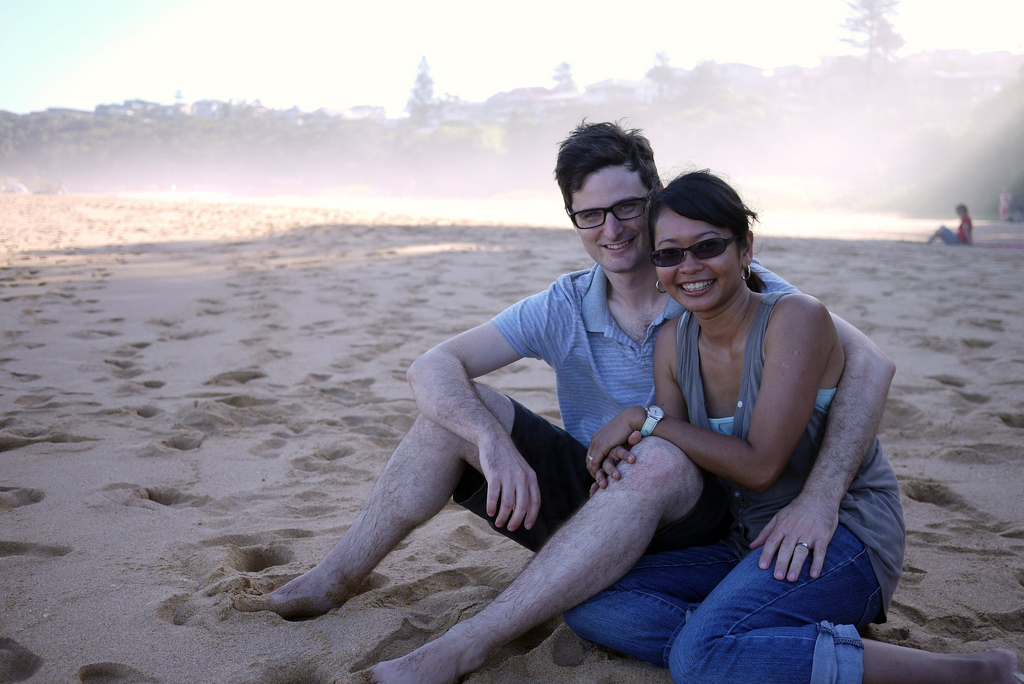
Part 2: An interracial marriage: Over my dead body
Although it took many months of persistent coaxing on our and the community elders’ parts, my wife and I prevailed; even after we tied the knot though, I continued to feel burdened by the suspicion that we were only one among hundreds, if not thousands, of American Muslim couples who fought against families and communities opposed to their interracial marriage. Within the Muslim community, I realized the power of the unthinkable: When it came to marriage, some Muslims couldn’t even entertain the thought of marrying individuals from particular “groups.” The idea of a black Muslim man marrying an Arab Muslim girl was inconceivable. Joining an Indonesian and a Pakistani in holy matrimony…forget about it.
Read More



